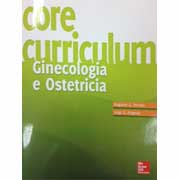229. ASSISTED REPRODUCTION OR SELECTION? DREAM AND REALITY
L. Frigerio and N. Bernocchi
Journal of Medicine and The Person 2004; 2(3): 103-106
The Italian legislation about in vitro fertilization, recently approved, limits to three the number of oocytes that can be fertilized. The new rules also state that all the embryos created must be transferred into the woman’s womb. Additionally, they restrict the use of assisted reproduction techniques to sterile heterosexual couples in a stable relationship and ban all forms of pre-implantation genetic testing. The debate raises huge concern about the way this subject is dealt with in many European countries. Technologic procedures, such as embryo biopsy for aneuploidy screening, are proposed as a tool to reduce the number of transferred embryos without decreasing the overall pregnancy rate. Nevertheless, frozen-thawed embryo transfers generally result in lower embryonic implantation and pregnancy rates. Practical reflection always reaches, in due course, the conclusion that the least of human beings deserves the care and concern that the medical profession presumes is due to all human beings. For the sake of their patients, as well as for the future of humanity, we urge health care professionals to oppose all forms of embryo selection. In keeping with Hippocratic ethic, we agree that biomedical research will protect people from unfavourable outcomes of human active selection, both now and for generations to come.
